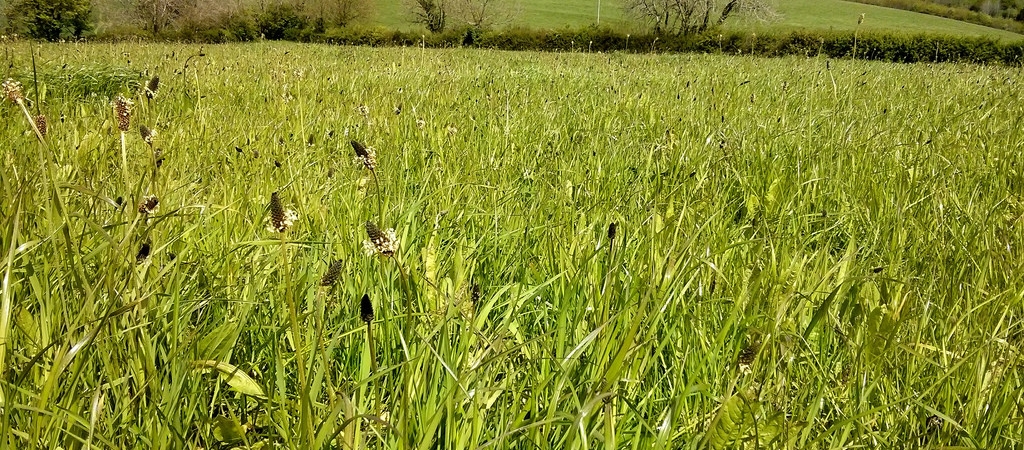Using Chicory and Plantain in Beef and Sheep Systems
Better Returns Programme +
How can chicory or plantain add to your sheep and cattle farm? This AHDB Beef & Lamb resource summarises the research & lessons from UK and abroad.
Resource explained
This AHDB Beef & Lamb resource provides detailed guidance on the characteristics and management of chicory and plantain for sheep and beef farms.
From desired soil properties to grazing management, it is designed to help you decide whether they are suitable forage crops for your farm and increase the likelihood of successful cropping and desired animal performance.
The guide covers: plant history and characteristics; growing requirements; yield and growth rates; nitrogen requirements; crop persistency; nutritional values; palatability; crop establishment and management (including sowing and grazing); effects on growth and performance of livestock and meat quality; anthelmintic effects; and conserving for silage.
The potential benefits outlined for both crops include drought tolerance, mineral nutrition and anthelmintic properties. Rotational grazing management is recommended for both; for palatability and persistency.
Findings & recommendations
- Chicory and plantain have deep tap roots which enhances their ability to supply minerals and be drought tolerant.
- Chicory and plantain are both known to have the capacity to reduce the effects of intestinal worms.
- Both are crops recommended for finishing lambs and lactating ewes.
- Use of chicory and plantain in the dairy sector suggest they have potential for beef animals but research is limited.
- Chicory can yield 6-9 tonnes dry matter (DM) per hectare.
- The growth of chicory far surpasses perennial ryegrass in late spring and summer, but it becomes dormant during the winter.
- Chicory can be sown alone or with white clover to ensure reduced nitrogen requirements.
- To maximise palatability and longevity of chicory, you should avoid under-grazing of it in the summer, over-grazing in the winter, and poaching during wet weather.
- Plantain can yield 8-9 tonnes DM per hectare.
- The growth of plantain is similar to perennial ryegrass, with growth rates and yields being much greater in the summer.
- Plantain is very palatable; sheep and cattle will selectively graze it, therefore rotational grazing is recommended.
- Both crops offer a relatively good protein supply.
- The guide includes some useful examples of how the crops have been used and managed on different farms.
N.B. This resource contains information that is not compatible with organic standards and includes references to use of the weed killer glyphosate and other herbicides. However, information contained within the document is potentially useful for the management of low-input farming systems.
